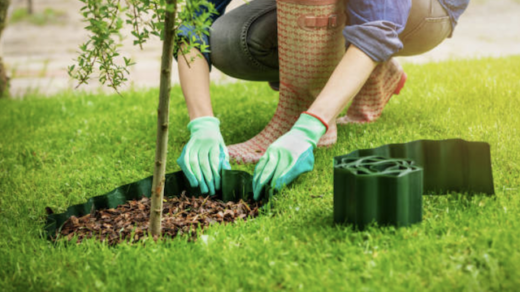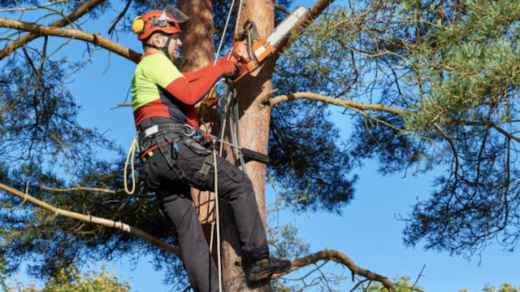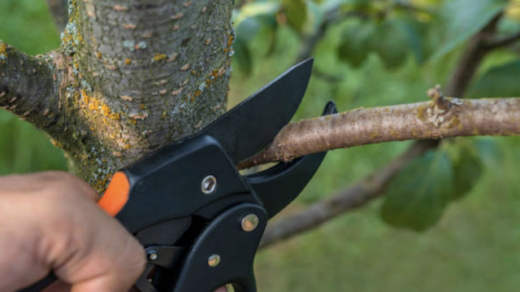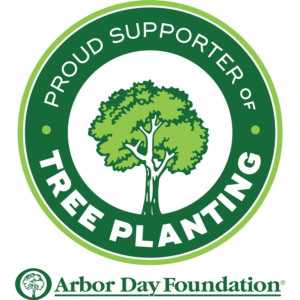Trees are living things, so that means that they can become “sick” like people and animals can. A disease or other tree issue might take a while to show itself due to the overall size of the tree, and once symptoms become clear, it could be too late to save the tree.
A professional arborist from WA Tree Trimming can help you diagnose and treat tree problems so that you have a much better chance of saving the tree. Learn about our service here. Not only can an arborist keep a tree from dying, but they can also help trees get more healthy growth and more flowers or fruit.
Have you noticed a tree on your property that has always seemed OK but suddenly seems like something is wrong? In the next blog post, we’ll explain some of the most typical tree problems and diseases and what these symptoms mean for a tree.
If you spot any of these things, act fast to have the best chance of saving the tree and the ones nearby it.
Tree Diseases & Common Problems
These 7 things are the most frequent problems addressed by experienced arborists in Washington. As soon as you think one of these things is wrong with your tree, call someone with the knowledge and tools to help!
Tree Diseases
Leaf Rust – Leaf rust is actually a fungus that is common in both trees and plants. The name originates from the yellow and brown spots this disease causes on the leaves.
Leaf rust is dangerous because it prevents the leaves’ photosynthesis, the process by which it breathes. Leaf rust can be treated with fungicides and selective trimming of the affected leaves. It might be recommended to cut off entire limbs with leaf rust.
Witches’ Broom – This tree disease results in a large mass of twigs, dead leaves and branches that look like a broom shape. It is caused by insects, unusually rainy weather or fungus. The construction of a clump of twigs and leaves is the tree’s reaction to infection or harm.
Some cases of Witches’ Broom are fatal for the tree, while others are only considered a growth malformation. An arborist can diagnose the issue.
Mildew – Mildew is a fungus that grows on just about anything in wet conditions, but even when the wet conditions are gone, mildew can persist and thrive. It usually appears as a powdery substance, usually white, and it usually appears on the leaves of a tree first.
The trick to eliminating mildew is to apply a fungicide that includes sulfur. This will treat the current mildew and help to stop future mildew growth on the tree. You might also need to trim the tree to remove limbs, fruit, flowers and leaves that have been affected by the mildew
Gall – Gall is a tree condition that happens when insects build small nests on the leaves or twigs of a tree to lay their eggs in. Most types of galls are not harmful to the tree, but none of them are attractive.
Gall will appear as bumps on the tree, in various sizes. They can be white, brown, gray or some shade in between.
It is not necessary to treat the tree for galls, but they can affect the growth of new trees. Treat galls by killing the insects. You should also clean out from under the tree after the leaves fall off, because this is where the pests survive during winter.
Other Tree Problems
Poor Trimming – There’s an art to tree trimming, as well as many types, and if you don’t know what you’re doing, you could damage the tree past the point of recovery. Consider the type of tree, season and other factors. Under-pruning (or a lack of pruning at all) is just as big of a problem. Only a trained arborist should be trusted to trim trees to keep them healthy.
Lack of Water – New trees can be severely impacted by drought. If you decide to plant new trees, you will need to supplement the amount of water they get from rainfall. A tree that doesn’t get enough water can have its growth stunted. The first symptom you are likely to noticed is scorched, dry leaves. Find more tips for new trees here.
Too Much Sun – Do some initial planning before planting trees in a full-sun area of your property. Most species of trees can handle it without issue, but too much sun can happen to any tree if the sun is too hot for an extended period of time and rainfall is light. A tree that is getting excessive sun needs extra water to fight against wilting, drooping leaves.
Certified Arborist Services in Washington
A trained arborist from WA Tree Trimming will be able to quickly identify what’s happening with your sick tree and lay out a plan to save it.
Here is what an arborist is trained to do:
- Evaluate trees from the ground and from the limbs of the tree if necessary. Getting into the canopy is usually necessary to understand exactly what is causing the symptoms.
- Treat your tree through fertilizers and additives in the dirt or solutions applied to the leaves. The arborist will have expert knowledge about the disease affecting your tree and the best treatments.
- Prune trees to get rid of dead or diseased branches and to assist healthy growth. Even if heavy pruning is necessary, they will know how to remove branches so that the tree can survive both the issue and the pruning.
- Remove the tree from your property if nothing can be done to save it. The worst case is that the tree is too far gone, and cutting it down is the only choice to protect your home and surrounding landscape.
Arborists can also inform you about the trees that you have and how to best maintain them so you don’t return to the same situation again.
Some tree issues look similar to each other, requiring a professional opinion to correctly identify and treat the issue. If your trees are looking dry, disfigured or dying, call a certified arborist from WA Tree Trimming for an inspection before it’s too late.






